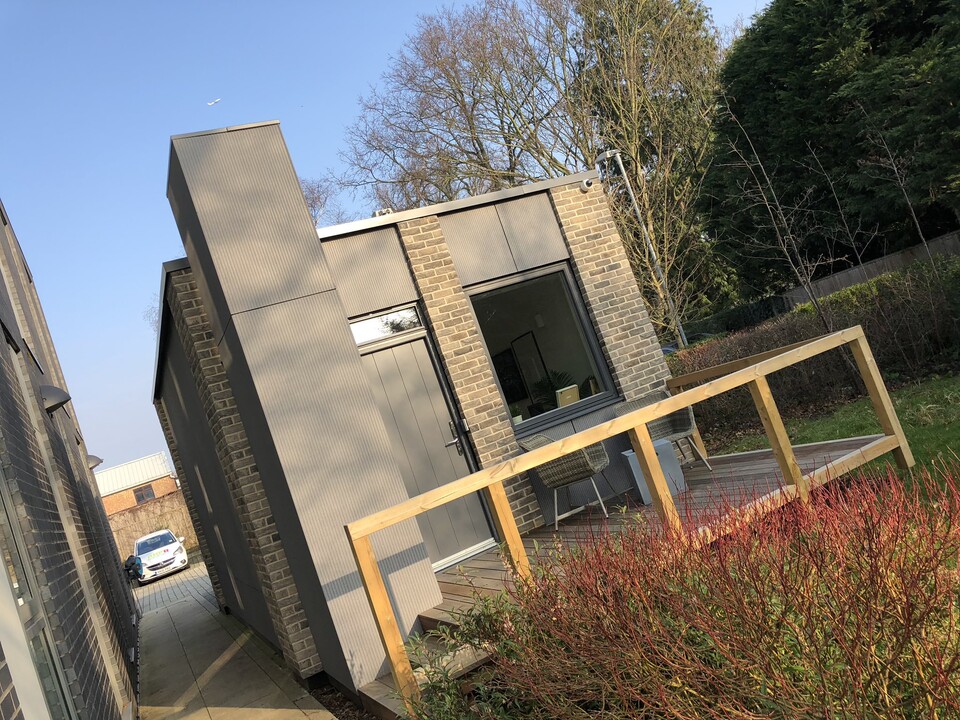
Factory built homes and sustainability – a perfect match?
A complicated problem that’s never been more important.
Developing new affordable homes is a challenge at the best of times and this past year has added plenty more for us to think about.
Sustainability has tended to be one of those high profile issues hitting the sector in waves every few years. Throughout my career, I can remember schemes being delivered to Code 6, fabric first approaches, including solar panels, and innovative heating systems, but in recent years, sustainability seems to have slipped down the priority list for some.
That has all changed, again. The climate emergency facing the planet has been headline news, competing with politics in America, Brexit and a pandemic for the front pages. This has translated into regular announcements from government on targets and measures to get there. The two targets likely to be at the top of housing association ‘to do lists’ are increasing energy efficiency of existing homes (achieving EPC band C by 2030), and the drive for net zero carbon by 2050.
Apart from wrestling with an understanding of the detailed conditions and energy efficiency of its homes, the sector is also trying to come to terms with just how it will go about this mammoth task. How do we budget for the works? What measures need to be put in place? How do we account for solutions that may not even have been invented yet? And all this before we get to the actual definition of zero carbon. Or net zero carbon. Or carbon neutral… well you get the point.
Building in a factory presents an opportunity
The sector has also been flirting with the idea of homes built in a factory for some years now. In the early days, this was all about lower cost. In recent times, it is being driven by quality control.
What makes factory built homes special? Strategically, this way of construction makes the link between quality and sustainability clearer than ever before. Be it in a fabric first approach, the high degree of quality assurance and homes built in controlled conditions, or the dramatic reduction in waste produced, these homes are pushing the boundaries of what can be achieved at scale. And that’s before we consider the reduced time, disruption and waste on site.
The high standards also mean that homes can be delivered over the coming years, which will not then need an expensive retrofit before 2050, or worse, before 2030.
Bringing it all together and taking the plunge
This is an opportunity for us to reset our ambitions and expectations around sustainability in our homes. Given a typical development pipeline takes years to get from concept to lived in properties, we have the ability to deliver high quality homes faster than through traditional construction, and set a new benchmark for energy efficiency in the process.
Taking the plunge and delivering factory built homes remains an untried and untested risk in the eyes of many housing associations. Complex procurement rules can make it difficult to appoint a manufacturer at the right stage in a development process.
At Building Better, a consortium of housing associations and local authorities from across the country, we have come together to work collaboratively to deliver more homes, and improve quality. This meant taking the procurement challenge head on and our first framework goes live this summer, providing direct access for members to a number of established manufacturers, delivering homes to a high specification.
A great deal of work has gone into selecting the right, future focused manufacturers, who are prepared to work with us to iteratively improve the product. Homes will not use gas heating, will be built to the Future Homes Standard, and will feature co-created, evolving designs to keep us ahead of the curve on sustainability.
If your Assets team are wrestling with retrofit and future solutions, and your Development team are trying to deliver sustainable homes at scale, make sure they are talking to each other. And then, make sure they are talking to us!
Building in a factory does not guarantee a sustainable future proof home on its own, but it certainly helps. In a sector famed for not working collaboratively to solve common problems, Building Better is at the forefront of finding a solution by and for us.
To find out more about our work contact trina.chakravarti@housing.org.uk

By Tim Willcocks, Executive Director of Development at RHP Group
15 June 2021